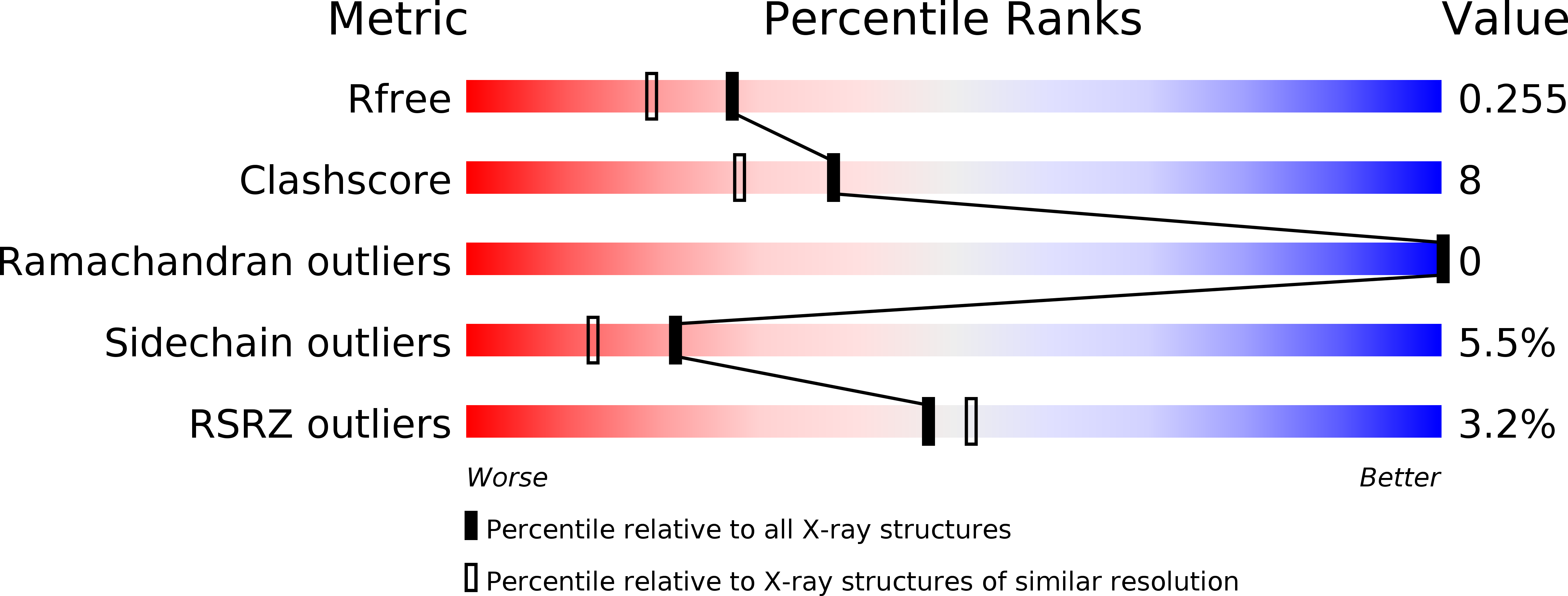
Deposition Date
2010-03-23
Release Date
2010-12-01
Last Version Date
2024-11-27
Entry Detail
PDB ID:
3MA9
Keywords:
Title:
Crystal structure of gp41 derived protein complexed with fab 8066
Biological Source:
Source Organism:
Human immunodeficiency virus 1 (Taxon ID: 11676)
Homo sapiens (Taxon ID: 9606)
Homo sapiens (Taxon ID: 9606)
Host Organism:
Method Details:
Experimental Method:
Resolution:
2.05 Å
R-Value Free:
0.24
R-Value Work:
0.19
R-Value Observed:
0.19
Space Group:
P 21 21 21


